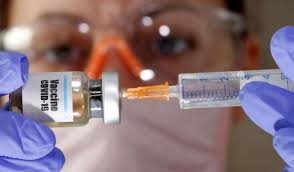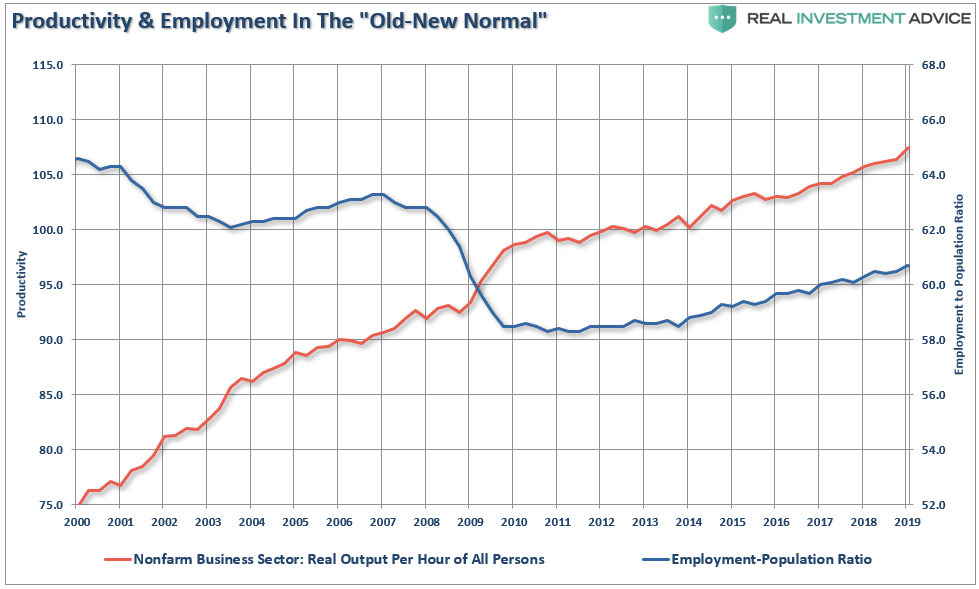
Breaking News
 Netanyahu's New Slant to Lure Trump into War with Iran
Netanyahu's New Slant to Lure Trump into War with Iran
 "This Is The Finale Of The Great Financial Reset"; 'Dr.Gold' Warns They're Gob
"This Is The Finale Of The Great Financial Reset"; 'Dr.Gold' Warns They're Gob
 Ultraprocessed Food Makers Respond To MAHA Amid Record Lobbying Effort
Ultraprocessed Food Makers Respond To MAHA Amid Record Lobbying Effort
Top Tech News
 EngineAI T800: Born to Disrupt! #EngineAI #robotics #newtechnology #newproduct
EngineAI T800: Born to Disrupt! #EngineAI #robotics #newtechnology #newproduct
 This Silicon Anode Breakthrough Could Mark A Turning Point For EV Batteries [Update]
This Silicon Anode Breakthrough Could Mark A Turning Point For EV Batteries [Update]
 Travel gadget promises to dry and iron your clothes – totally hands-free
Travel gadget promises to dry and iron your clothes – totally hands-free
 Perfect Aircrete, Kitchen Ingredients.
Perfect Aircrete, Kitchen Ingredients.
 Futuristic pixel-raising display lets you feel what's onscreen
Futuristic pixel-raising display lets you feel what's onscreen
 Cutting-Edge Facility Generates Pure Water and Hydrogen Fuel from Seawater for Mere Pennies
Cutting-Edge Facility Generates Pure Water and Hydrogen Fuel from Seawater for Mere Pennies
 This tiny dev board is packed with features for ambitious makers
This tiny dev board is packed with features for ambitious makers
 Scientists Discover Gel to Regrow Tooth Enamel
Scientists Discover Gel to Regrow Tooth Enamel
 Vitamin C and Dandelion Root Killing Cancer Cells -- as Former CDC Director Calls for COVID-19...
Vitamin C and Dandelion Root Killing Cancer Cells -- as Former CDC Director Calls for COVID-19...
 Galactic Brain: US firm plans space-based data centers, power grid to challenge China
Galactic Brain: US firm plans space-based data centers, power grid to challenge China
A Vaccine & The "New-New Normal"

The Old "New Normal"
Following the "Financial Crisis," there was much discussion in the media about the "New Normal."
The term originated cautioning economists and policy-makers' belief industrial economies would revert to levels seen before the financial crisis. In other words, the "new normal" economy would look a lot different, and worse, after the financial crisis was over.
Such did turn out to be the case. Economic growth struggled to maintain a 2.2% annualized growth rate, interest rates remained abnormally low, and inflation was nascent. Despite the Fed's best efforts, productive investments or increases in the labor force participation rate failed to appear.
The chart below shows productivity increases through automation, and technology did not lead to higher employment levels relative to the population.

 #602: Priced Out
#602: Priced Out



